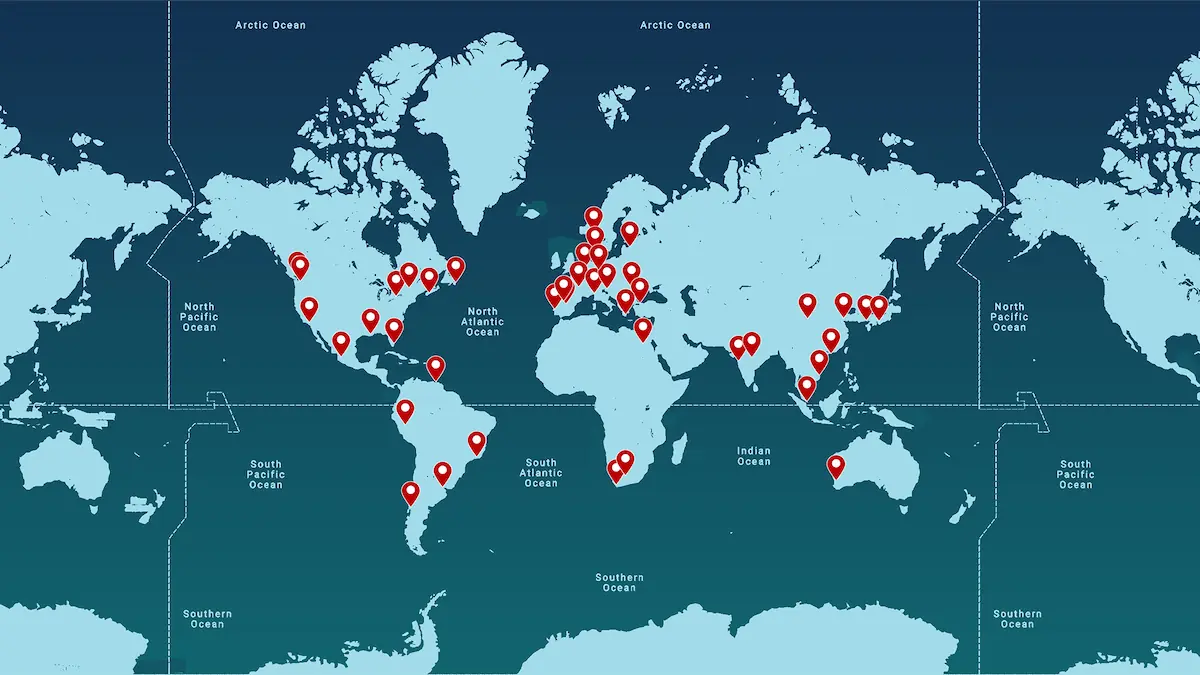It is well known that the separator is not the most loved piece of equipment on the ship and that sometimes illicit by-passes are made so as to fool the oil content monitoring equipment that is mandatory under MARPOL. Such actions cannot be condoned and those responsible can receive heavy fines and even prison sentences.
However, it is possible for discharges that are illegal to be made from equipment if the calibration of the oil content monitor has been neglected. If such a discharge were to be discovered by Port State Control (PSC) authorities, then the vessel could well be subject to action and penalties by the Port State if carried out in its waters. This can be avoided by regular inspection and recalibration of the equipment installed on the ship in accordance with manufacturers requirements.
The IMO adopted the GUIDELINES AND SPECIFICATIONS FOR POLLUTION PREVENTION EQUIPMENT FOR MACHINERY SPACE BILGES OF SHIPS along with a mandated oil content monitor with an alarm function under the MARPOL 73/78 Annex 1. These guidelines have existed in various forms beginning as MEPC. 60(33) in 1992, through to a revised version MEPC. 107(49) adopted in July 2003 and applicable to ships built after 2005. The latter was amended by MEPC. 285(70) adopted in October 2016 but most of its text remains valid.
The guidelines recommend governments to apply them when checking the accuracy of 15ppm bilge alarms. Some governments (as flag states) have taken this course by including them in national regulation and others have tacitly accepted them by instructing their own surveyors and ROs to apply them when issuing IOPP Certificates at scheduled renewal dates.
On the subject of oil content monitors and bilge alarms, Operative paragraph 4.2.11 in MEPC.107(49) has been amended by MEPC. 285(70) and now reads:
The validity of calibration certificates should be checked at IOPP annual/intermediate/renewal surveys. The accuracy of 15 ppm bilge alarms is to be checked by calibration and testing of the equipment conducted by a manufacturer or persons authorized by the manufacturer and should be done at intervals not exceeding five years after its commissioning, or within the term specified in the manufacturer’s instructions, whichever is shorter. Alternatively the unit may be replaced by a calibrated 15 ppm bilge alarm. The calibration certificate for the 15 ppm bilge alarm, certifying the date of the last calibration check, should be retained on board for inspection purposes.
This change was requested by IACS (International Association of Classification Societies ) representing classification societies as it had made a unified interpretation of the wording for the purpose of issuing IOPP renewal certificates. In addition most of the oil content monitors and alarms are also type-approved by the classification societies.

As regards compliance with MARPOL, this is enforced by the individual flag states but as mentioned, many take the Guidelines as the only acceptable method.
OCMs and bilge alarms are produced by relatively few manufacturers and makers of separators generally turn to one of these to supply the monitoring and alarm functions of their equipment. Rivertrace is a leader in the market and supplies the Smart Bilge OCM for many of the leading OWS manufacturers.
The Smart Bilge OCM can simultaneously detect all three oil types (HFO, Diesel and emulsions) using the “Smart Cell” Detector Array Technology, developed by Rivertrace. The Smart Bilge comes as standard with a manual cell cleaning device, allowing easy routine maintenance, and thus avoiding the problem of malfunction caused by optical cell fouling. Optional pneumatic autoclean and flow switches can be added to reduce maintenance or increase compliance.
To meet special requirements such as those applying in the Great Lakes and some classification societies ‘Clean’ notations, the Smart Bilge can be factory calibrated to 5ppm.
Replacement calibrated measuring cells can be purchased for easy change over on board the vessel, as well as calibration check kits which enable the crew to demonstrate the monitor is within factory calibration to PSC Surveyors. Ships that are registered on the Rivertrace Connected Portal will also receive automatic reminders before calibration expiry dates are dues allowing plenty of time for arranging replacement cells that can easily be swapped out by the crew.
To ensure reliable operation of OCMs and indirectly the separators they are monitoring, Rivertrace maintains a network of service trained agents covering over 45 countries globally. To ensure you are using an approved service agent please check the list on our website. These agents will issue an electronic calibration check certificate through our Rivertrace Connected Portal to ensure the highest form of compliance is maintained.





